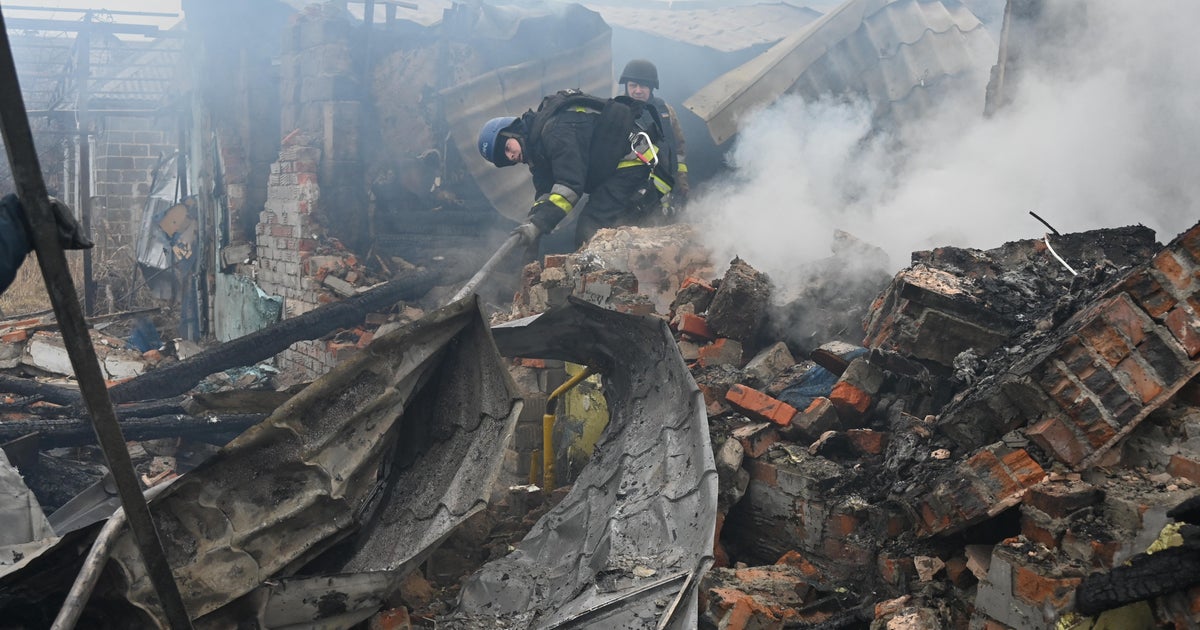Hindu festival in India marred by a river of toxic foam and a blanket of killer smog
Delhi — Thousands of people dressed up in colourful traditional clothes and marched to the Yamuna River in the Indian capital early Sunday morning. The Hindu devotees went to offer prayers to the holy river, take a dip in the water and worship the rising sun, thanking it for bestowing the bounties of life on Earth
But this year's Chhath Puja Hindu religious festival was marred by stinky foam in the water and the worst air pollution Delhi has seen in years.
Pictures showed devotees knee-deep in the froth churned up by the current in the badly polluted river. Some women stood in the water for long periods, as per the religious ritual. Others couldn't resist taking selfies with the foam in the background, which looked almost like snow or cotton candy.
The pictures are indicative of everything that's wrong with India's capital these days, from deadly air pollution to a dying river.
On Monday, Delhi launched a two-week car rationing system in a desperate bid to reduce devastating air pollution. Schools remained shut and construction banned for several days.
The Yamuna, the main source of water for Delhi's 19 million inhabitants, is one of the most polluted rivers in India.
"Yamuna is not a river anymore," Manoj Mishra of Yamuna Jiye Abhiyaan, a group that campaigns to clean up the river, told CBS News. "It's a collection of 18 drains flowing into it, carrying a toxic cocktail of sewage, chemicals, detergents, industrial waste, and excreta."
Less than 10% of the sewage discharged into the river is treated, putting millions of people who use the water at risk of disease. Some experts fear the toxic soup could even become an incubator for drug-resistant superbugs.
The Yamuna is the second largest tributary of the Ganges, considered holy by Hindus. It stretches about 14 miles through Delhi before merging with the Ganges in Allahabad town, the site of the Kumbh Mela, a major Hindu festival held every 12 years.
The Hathni Kund Barrage in India's Haryana state, about 124 miles north of Delhi, diverts much of the Yamuna's water for irrigation, via two canals, long before it reaches the capital.
Mishra told CBS News that he believes the Indian "government's first priority should be to give the river its flow back."
Successive governments have laid down elaborate plans to try and restore the holy river, but all have failed miserably. India's National Green Tribunal (NGT), which deals with environmental cases, laid down a roadmap for the revival of the Yamuna in 2015.
But "not a brick was laid for two years," Mishra said.
Activists say the central government's fight against air and water pollution amounts to not enough, and not nearly fast enough.
"We often see knee-jerk reactions," environmental journalist Bahar Dutt, the author of "Rewilding India: Experiments in saving nature," told CBS News. She said it was typical for the government to show dire concern in the autumn and winter, when pollution spikes.
"What's missing is a greater sense of urgency from the government; they can't wake up during winters alone," she said.






